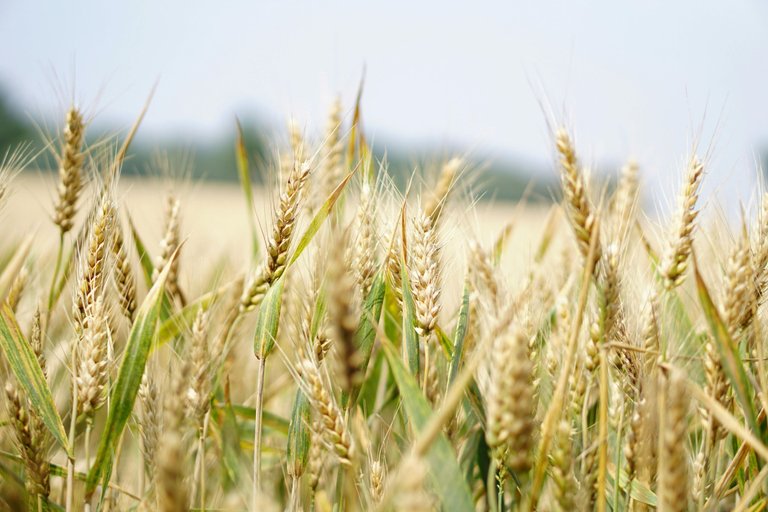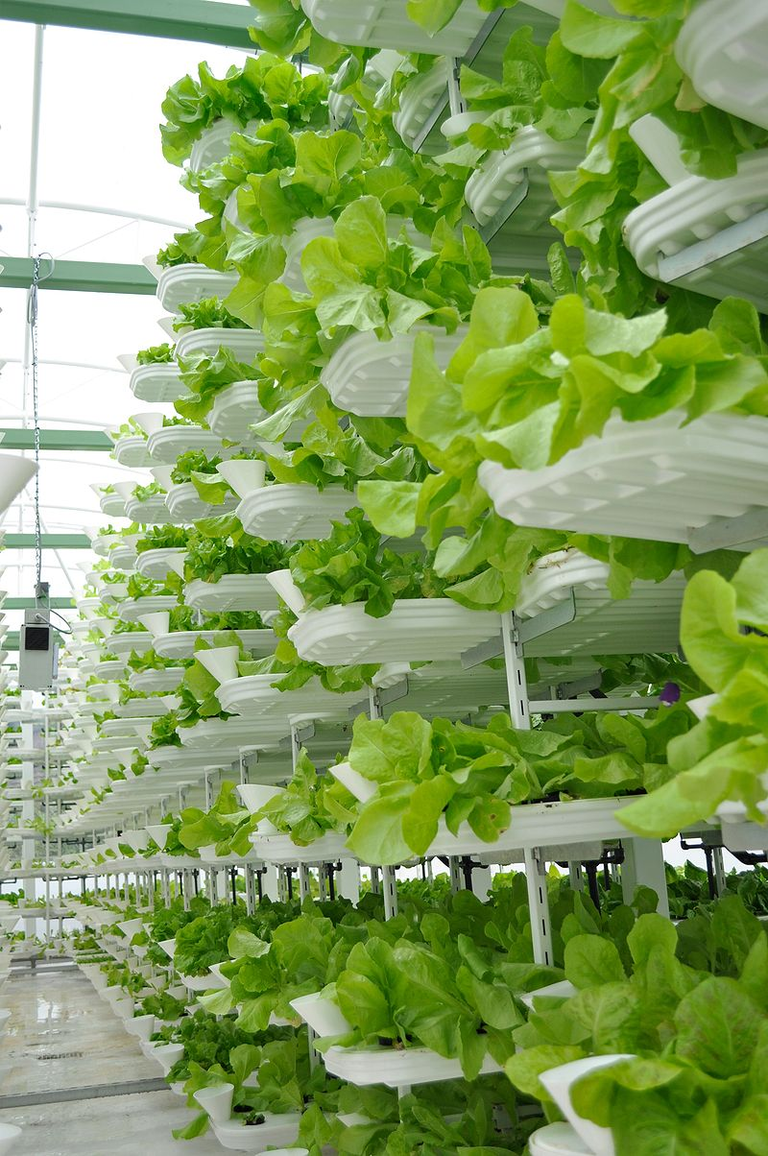Current Agricultural changes and How Vertical Farming can help
Hello readers,
I believe that we live on the most beautiful planet in this galaxy and thanks to its motherly nature and environment, since our existence we are growing in numbers at rapid speed and are currently on the top of the food chain on this planet with approximately 8.1 billion humans roaming in planet earth. But well, while we are expanding at an exponential rate, our fertile lands are not and so does the fresh water sources. As a result, we can see a global food shortage problem in many countries or areas of this planet where people struggle even to get 2 proper meals a day. On top of that, Inflation is another demon raising the price of every good we use in a yearly manner and especially for those who are financially very strong including myself, coping with the inflation every year is another war we are fighting silently. Forgot snout luxury items or any life wishes we dreamt of, many of us are barely surviving on the planet in current times and most of our earned money are being depleted to buy the basis necessities only. Global food shortage is an alarming problem these days and if not taken care of right now, millions of people will get affected and there will be no way to save them. So in today’s post, I will be talking about this problem and probable solutions, so without further ado, let us start.

Addressing Agricultural Challenges
We all know about the fact that the future of agriculture poses an alarming concern as the global population continues to expand at a growing rate of approximately 1 percent per year and even more in some particular regions. So in the current time, meeting the food demands of this billions of population can be treated as an extreme challenge and not to mention that it will only increase in the coming years. Now we have only one weapon the fight this war, agriculture but wait before you think that the present methods of agriculture will bring any solution, as agriculture has been identified as a significant contributor to many global dangerous phenomenons like climate change, deforestation and of course soil degradation, which is leading to the loss of a third of arable land over the past four decades, which is very huge and alarming as well. So we are actually damaging our mother earth with our current agriculture process and in the long term, it will affect us severely as the lands will be less futile while the Population keeps growing exponentially.

Introducing Vertical Farming
I personally think that to tackle these types of challenges, we should introduce innovative farming technologies on a global scale such as vertical agriculture which offers promising solutions to most of the current agricultural problems that we are facing worldwide. Not as for a short introduction, Vertical farming involves cultivating plants and crops on vertical surfaces rather than traditional horizontal fields. With this great innovative process, By utilizing vertically stacked layers farmers can increase total food production multiple times on the same land area or even less. These vertical layers can be integrated into various structures which includes house buildings, skyscrapers, warehouses, shipping containers and greenhouses, etc.
Exploring Vertical Farming Through History
While to many of us vertical farming may seem like a modern agriculture concept, surprisingly its invention can be traced back to thousands of years. There are recorded historical examples including the Babylonian Hanging Gardens, Aztec chinampas and French and Dutch methods of growing fruits against stone walls where we can see ancient examples of vertical farming or gardening. These early practices laid the foundation stone and the groundwork for today's high-tech vertical farming techniques, thanks to our ancestors.
Vertical Farming Techniques
In today’s time, Modern vertical farming relies on sophisticated technology to create optimal growing conditions for crops to ensure the best results while creating minimal damage to the environment. The Controlled Environment Agriculture (CEA) system is introduced in this process to maintain precise control over the required resources for farming like temperature, light, water & humidity and thus be able to ensure consistent yields year by year. For example, one of the most famous names in global Agriculture, Eden Green Technology utilizes hydroponic vertical farming technology and allows crops to thrive in stacked plant spots within tower-like structures and the results are also very promising.
Benefits of Vertical Farming
Vertical farming offers us numerous benefits which include maximizing output with minimal environmental impact and farming space requirements. By using 98 percent less water and 99 percent less land compared to traditional farming methods, vertical farming can significantly increase crop cultivation output and it has already proved. Additionally, vertical farming also allows farmers for year-round production and eliminates environmental impacts associated with traditional farming this method also provides a solution to food deserts in urban areas where population density is very high but no farmlands nearby to send them fresh vegetables every day.

Global Food Security
While I agree that vertical farming is not the ultimate solution for all agricultural challenges, it plays a significant role in ensuring food security for future generations and also way less harm to the environment. By enabling farmers to produce fresh and healthy foods in certain areas where agricultural resources are very limited and also adapting to diverse climates globally, vertical farming is already contributing to feeding the growing population sustainably and in the future, this process will be used even more to grow healthy vegetation while bringing comparatively way less harm to our planet.
Conclusion
Last but not least, I would like to say that vertical farming represents a promising solution to the complex challenges we are facing in modern agriculture. Being a product of innovative technology and ancient agricultural practices, vertical farming offers us a chance to grow healthy food in our building walls or vertical and unused places, so I believe if we look into these types of innovative farming methods, we may have a chance to meet the food needs of a rapidly growing global population while minimizing environmental impact.
Thanks for reading and I hope you liked reading my past about vertical farming. Please let me know your thoughts in the comment section below and I will be seeing you all in my next post.
Join Inleo monthly prompt initiative and start writing posts!
Join Inleo platform for free!
Posted Using InLeo Alpha
This post has been manually curated by @bhattg from Indiaunited community. Join us on our Discord Server.
Do you know that you can earn a passive income by delegating your Leo power to @india-leo account? We share 100 % of the curation rewards with the delegators.
100% of the rewards from this comment goes to the curator for their manual curation efforts. Please encourage the curator @bhattg by upvoting this comment and support the community by voting the posts made by @indiaunited.
This is actually interesting. Even though this is the first time I'm hearing of vertical farming, it really does make sense considering how one of the problems faced with agriculture is land availability but with vertical farming, a small piece of land can be properly utilized in cultivating many
!discovery 20
This post was shared and voted inside the discord by the curators team of discovery-it
Join our Community and follow our Curation Trail
Discovery-it is also a Witness, vote for us here
Delegate to us for passive income. Check our 80% fee-back Program
Always keeping in mind the concept that the population cannot and should not continue expanding without stopping, taking advantage of agricultural techniques that are more sustainable.
And with policies that worry more about the future, with all those issues covered, perhaps we could have a chance to face a better future.
you are right my friend and that is the right way forward!